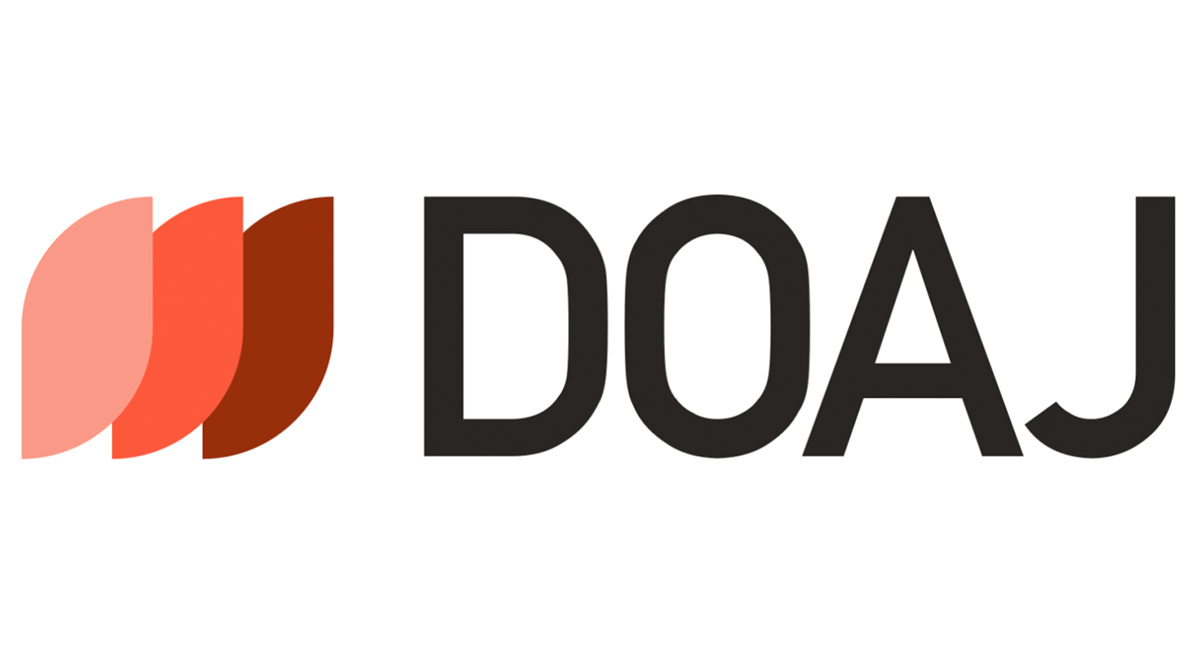The Effect of Internet Marketing on External and Internal Currency of the Country
DOI:
https://doi.org/10.31185/wjcm.55Keywords:
E-Learning, Quality of Course Material, Quality Dimensions of E-LearningAbstract
Digital marketing is the marketing component used for the promotion of products and services through Internet and online-based digital technologies like desktops, mobile phones and other digital media and platforms. The manner in which brands and corporations used technologies for marketing has evolved in the 1990s and 2000s. As digital platforms have been more integrated into everyday marketing plans and more people are using digital devices instead of visiting physical shops, digital marketing campaigns have become prevalent, with combinations of Search Engine Optimisation (SEO), search engine marketing (SEM) and content marketing as well as influence marketing. Non-Internet digital marketing includes non-internet channels, such as TV, SMS and MMS, callback and hold-tones for the mobile ring. Digital marketing differs from online marketing through an extension to non-Internet channels. In the coming years, the U.S. Accounted for Over 27 percent of global market, while China accounted for a 13.9 percent growth. The U.S. digital advertisement and marketing industry is expected to hit US$87.1 billion by 2020. Canada actually accounts for 26.99 percent of the global economy. China, the second largest economy in the world, will register a CAGR of 13.9 percent and hit an expected market value of US$139.3 billion by 2027. The other prominent markets in terms of growth are Canada and Japan, both expected to rise by 6.9% and 8.9% respectively. Europe will increase at 7.9 percent CAGR and US$135.5 Billion in the industry by the year 2027. The work integrates the association factors and international reports analytics on the economical perspectives with Internet marketing on assorted aspects.
Downloads
References
A. M. Shaltoni, “From websites to social media: exploring the adoption of internet marketing in emerging industrial markets,” Journal of Business & Industrial Marketing, 2017.
V. Butkouskaya, J. Llonch-Andreu, and M. D. C. Alarcón-Del-Amo, “Inter-country customer-perspective analysis of strategic antecedents and consequences for post-purchase behaviour in Integrated Marketing Communications (IMC),” Journal of International Consumer Marketing, vol. 33, no. 1, pp. 68–83, 2021.
M. Watkins, S. Ziyadin, A. Imatayeva, A. Kurmangalieva, and A. Blembayeva, “Digital tourism as a key factor in the development of the economy,” Economic annals-XXI, no. 169, pp. 40–45, 2018
M. W. Hasanat, A. Hoque, F. A. Shikha, M. Anwar, A. B. A. Hamid, and H. H. Tat, “The impact of coronavirus (COVID-19) on e-business in Malaysia,” Asian Journal of Multidisciplinary Studies, vol. 3, no. 1, pp. 85–90, 2020.
R. Heeks, “Decent work and the digital gig economy: a developing country perspective on employment impacts and standards in online outsourcing, crowdwork, etc,” Development Informatics Working Paper, no. 71, 2017.
B. Bartikowski, M. Laroche, A. Jamal, and Z. Yang, “The type-of-internet-access digital divide and the well-being of ethnic minority and majority consumers: A multi-country investigation,” Journal of Business Research, vol. 82, pp. 373–380, 2018.
S. Nagy, “Digital Economy And Society. A Cross Country Comparison Of Hungary And Ukraine,” 2019.
M. Bala and D. Verma, “A critical review of digital marketing,” International Journal of Management, IT & Engineering, vol. 8, no. 10, pp. 321– 339, 2018.
N. Khan, S. Fahad, S. Faisal, and M. Naushad, “Quarantine role in the control of corona virus in the world and its impact on the world economy,” 2020.
M. A. Afonasova, E. E. Panfilova, M. A. Galichkina, and B. Slusarczyk, “Digitalization in economy and innovation: The e ´ ffect on social and economic processes,” Polish Journal of Management Studies, 2019.
M. T. Nuseir, “Digital media impact on SMEs performance in the UAE,” Academy of Entrepreneurship Journal, vol. 24, no. 2, pp. 1 13, 2018.
A. Kwilinski, K. Pajak, O. Halachenko, S. Vasylchak, Y. Pushak, and P. Kuzior, “Marketing tools for improving enterprise performance in the context of social and economic security of the state: innovative approaches to assessment,” 2019.
R. Matikiti, M. Mpinganjira, and M. Roberts-Lombard, “Application of the technology acceptance model and the technology-organisationenvironment model to examine social media marketing use in the South African tourism industry,” South African Journal of Information Management, vol. 20, no. 1, pp. 1–12, 2018.
Downloads
Published
Issue
Section
License
Copyright (c) 2022 Prof. Dr.Rafidah Mohamad

This work is licensed under a Creative Commons Attribution 4.0 International License.






